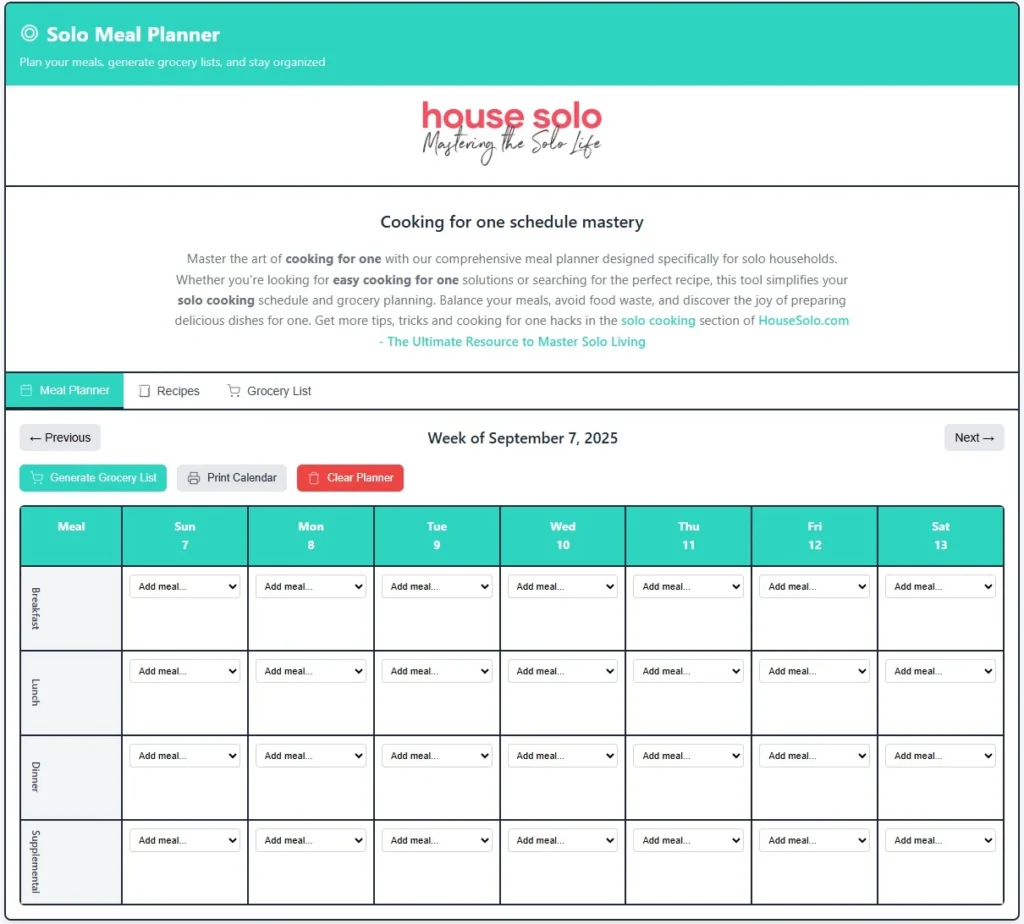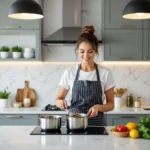Complete Guide to Solo Cooking
Simple cooking for one transforms from survival skill to culinary artistry when you understand the fundamentals: strategic meal planning, space-efficient equipment choices, and embracing the freedom to experiment without compromise. Master these three pillars—portion control, versatile ingredients, and efficient cooking methods—and you’ll discover that cooking for single person offers unique advantages, including complete flavor control, reduced food waste, and the satisfaction of nurturing yourself through thoughtful food preparation. Over 35% of American households consist of single-person units, making solo cooking an essential modern life skill [US Census, 2023]
Table of Contents
Why Solo Cooking Matters
There’s something profoundly empowering about walking into your kitchen and knowing exactly how to create a meal that serves your body, your schedule, and your soul. When you live alone, your relationship with food becomes deeply personal—no negotiations over what to cook, no compromises on flavors, and no pressure to feed anyone but yourself.
The shift from cooking for others to mastering healthy cooking for one person represents more than just scaling down recipes. It’s about recognizing that your meals deserve the same attention and care as those prepared for larger households. According to the National Rental Housing Council, single-person households are the fastest-growing demographic in urban areas, yet most cooking resources still assume you’re feeding a family.
Solo cooking eliminates the common barriers that keep people from developing confidence in the kitchen: the fear of waste, the complexity of large-batch cooking, and the assumption that good food requires feeding a crowd. When you cook for yourself, every ingredient choice becomes intentional, every technique becomes personal, and every meal becomes an act of self-care.
The emotional and practical benefits extend beyond the plate. Learning to cook well for yourself builds independence, saves money, and creates a sustainable foundation for healthy eating habits. It’s also deeply satisfying to master techniques that work specifically for your lifestyle, your space, and your preferences.
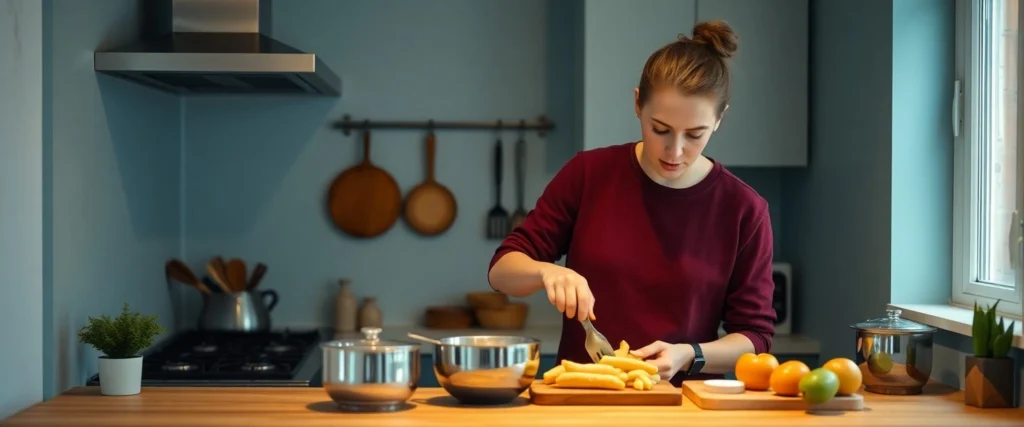
Top 5 Solo Cooking Strategies
Strategy One: Master the Art of Ingredient Versatility
Single cooking success hinges on choosing ingredients that work across multiple recipes throughout the week. Instead of buying single-use items that languish in your pantry, focus on versatile proteins like eggs, canned fish, and rotisserie chicken that can be transformed into completely different meals. A single bell pepper might become part of Monday’s stir-fry, Wednesday’s omelet, and Friday’s pasta sauce.
The key is thinking in terms of flavor profiles rather than rigid recipes. When you understand how basic ingredients interact, you can create variations that keep your meals interesting without requiring extensive shopping lists. Stock up on quality olive oil, garlic, onions, and a few key spices—these become the foundation for countless easy cooking for one meals.
Pro tip: Keep a running list of ingredients that work well together in your kitchen. This becomes your personal flavor database, making meal planning feel less like a chore and more like creative expression.
Strategy Two: Optimize Your Space and Equipment
Kitchen for one design requires strategic thinking about every square inch. Your space should work as hard as you do, with every tool earning its place through versatility and efficiency. A mini food processor can handle everything from chopping vegetables to making individual portions of pesto. A compact slow cooker becomes your secret weapon for hands-off cooking that fills your home with incredible aromas. Measurements matter when you’re working with limited space. Choose equipment that can handle single servings without feeling wasteful—5-inch ramekins for individual casseroles, 2-3 quart slow cookers that won’t leave you eating the same meal for a week, and stackable containers that maximize your storage potential.
The goal isn’t to have the most equipment; it’s to have the right equipment that supports your actual cooking habits. If you’re a morning coffee drinker, invest in a quality single-serving coffee maker. If you love fresh vegetables, prioritize proper storage containers that keep produce fresh longer.
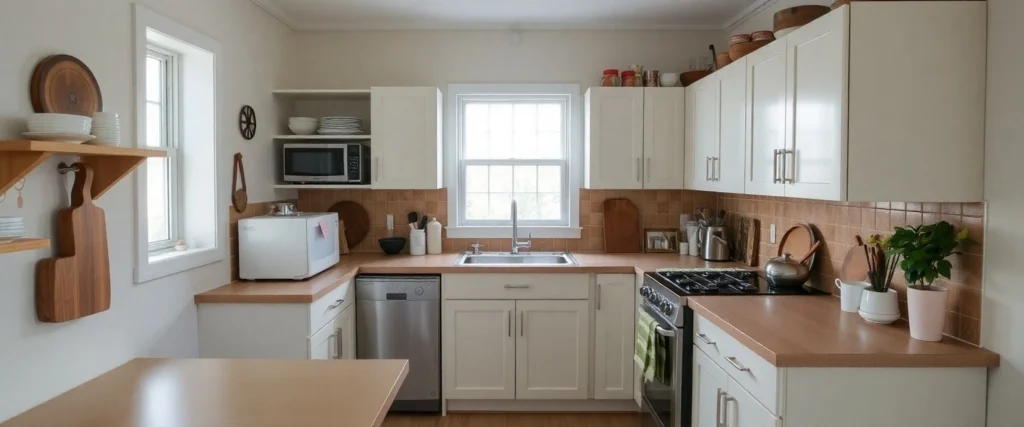
Strategy Three: Budget-Smart Shopping and Planning
Successful cooking for one healthy meals starts with strategic shopping that prevents waste while maintaining variety. The 10-item weekly shopping formula focuses on versatile ingredients that can be mixed and matched: one protein, two vegetables, one grain, eggs, and pantry staples that form the backbone of multiple meals. Budget considerations become simpler when you’re shopping for one, but they also require more precision. You can afford to buy higher-quality ingredients in smaller quantities, which often results in better flavor and nutrition. A single high-quality piece of salmon might cost the same as a large package of lower-grade fish, but the satisfaction and nutritional value are significantly higher. Plan your shopping around your actual cooking schedule, not aspirational meal plans. If you realistically cook four nights a week, shop for four meals plus simple backup options. This approach prevents the guilt of wasted groceries and the stress of feeling like you’re constantly behind on meal prep.
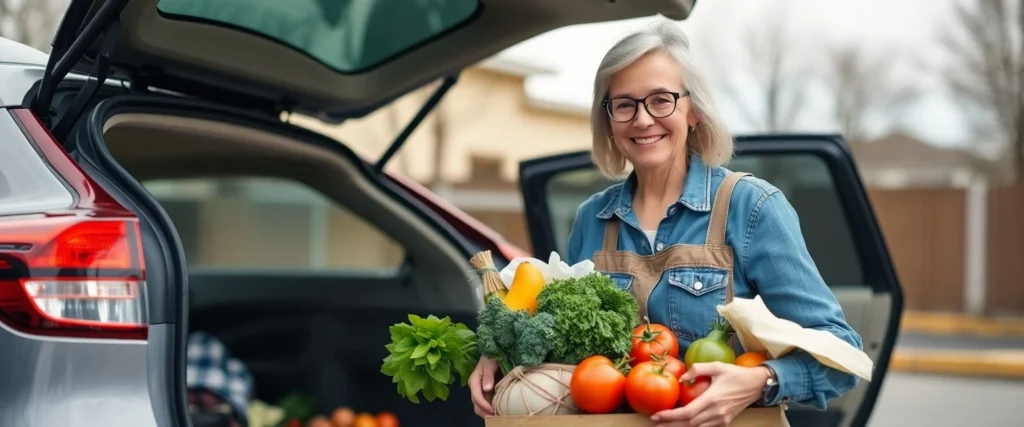
Strategy Four: Master Time-Saving Techniques
Microwave cooking for one recipes has evolved far beyond reheating leftovers. Modern microwave techniques can create complete, nutritious meals in minutes—from creamy chicken and mushrooms to perfectly steamed vegetables that retain maximum nutrients. The key is understanding how to layer flavors and textures even in abbreviated cooking times. Batch cooking takes on new meaning when you’re cooking for one. Instead of making enormous quantities, focus on the 2-portion rule: cook enough for tonight’s dinner and tomorrow’s lunch. This approach ensures you’re cooking every other day while maintaining variety and preventing meal fatigue. Prep-ahead strategies become incredibly efficient when scaled to single servings. Wash and chop vegetables immediately after shopping, pre-portion proteins for individual meals, and prepare spice blends that can transform simple ingredients into complex flavors with minimal effort.
Strategy Five: Create Sustainable Eating Habits
Cooking for one ideas should support your overall wellness goals while fitting seamlessly into your lifestyle. This means developing a repertoire of 15-20 reliable recipes that you can prepare without thinking, along with the flexibility to experiment when inspiration strikes. Focus on nutritional balance using your plate as a visual guide: half vegetables, quarter protein, quarter whole grains. This approach ensures you’re getting adequate nutrition without the complexity of detailed meal planning. When you consistently prepare balanced meals, healthy eating becomes automatic rather than a conscious effort. The sustainability factor extends beyond nutrition to include your relationship with cooking itself. Create positive associations with meal preparation by setting the table even when eating alone, minimizing distractions during meals, and treating cooking as a form of meditation and self-care rather than a chore.
How-To Quick Start Guide
1. Assessment Checklist
Evaluate your current kitchen setup and cooking habits honestly. What equipment do you actually use? What ingredients do you consistently buy but never finish? Which cooking methods align with your schedule and energy levels? This assessment forms the foundation of your personalized solo cooking system.
2. Budget Planning Matrix
Establish three budget tiers: essential ($30-40 weekly for basic, nutritious meals), standard ($40-60 weekly for variety and quality ingredients), and premium ($60-80 weekly for specialty items and convenience foods). Having clear budget boundaries prevents impulse purchases and helps you make strategic choices.
3. Shopping and Meal Planning Strategy
Create a master shopping list based on your 10-15 favorite recipes, then shop from this list weekly, varying your choices to maintain interest. This approach streamlines decision-making while ensuring you always have ingredients for successful meals on hand.
4. Maintenance and Refresh Schedule
Review your cooking routine monthly, adjusting seasonal ingredients and trying new techniques quarterly. This regular evaluation keeps your cooking for one recipe collection fresh and prevents meal planning from becoming stale or overwhelming.
Community Q&A
Q: How do I prevent food waste when cooking for one?
Strategic shopping and proper storage are key—buy only what you’ll use within a week and master leftover transformation techniques.
Q: What's the best way to add variety to solo meals?
Focus on changing your seasonings and cooking methods rather than completely different ingredients each week.
Q: How can I make cooking for one feel less lonely?
Create rituals around meal preparation and dining—set the table, play music, or cook while video chatting with friends. [National Health Association, 2024]
Q: What equipment is essential for a solo kitchen?
A quality chef’s knife, cutting board, one versatile pan, and proper storage containers form the foundation of any efficient single-person kitchen.
Next Steps & Resources
Browse our collection of solo cooking articles and check our our HouseSolo meal planner, complete with 40 recipes, a grocery shopping generator, filter and nutritional value information.
Your journey to confident, satisfying solo cooking starts with understanding that you deserve thoughtfully prepared, delicious meals every single day. The kitchen is yours, the possibilities are endless, and the satisfaction of feeding yourself well is one of life’s most fundamental pleasures. Your easy cooking for one adventure begins now—with every ingredient you choose, every technique you master, and every meal you create with intention and care.
- Solo Cooking Skills: Master Essential Techniques for Independent Food Lovers
- Cooking Hacks One Person: 15 Game-Changing Solo Kitchen Strategies That Actually Work
- Solo Cooking Efficiency Techniques
- The Solo Coffee Lover’s Guide to Single Serve Coffee Maker: Brewing Perfect Cups Without Compromise
- How to Optimize Small Kitchen Solutions: Transform Your Compact Space into a Culinary Haven
Use of this website constitutes acceptance of all our disclaimers and legal agreements.


